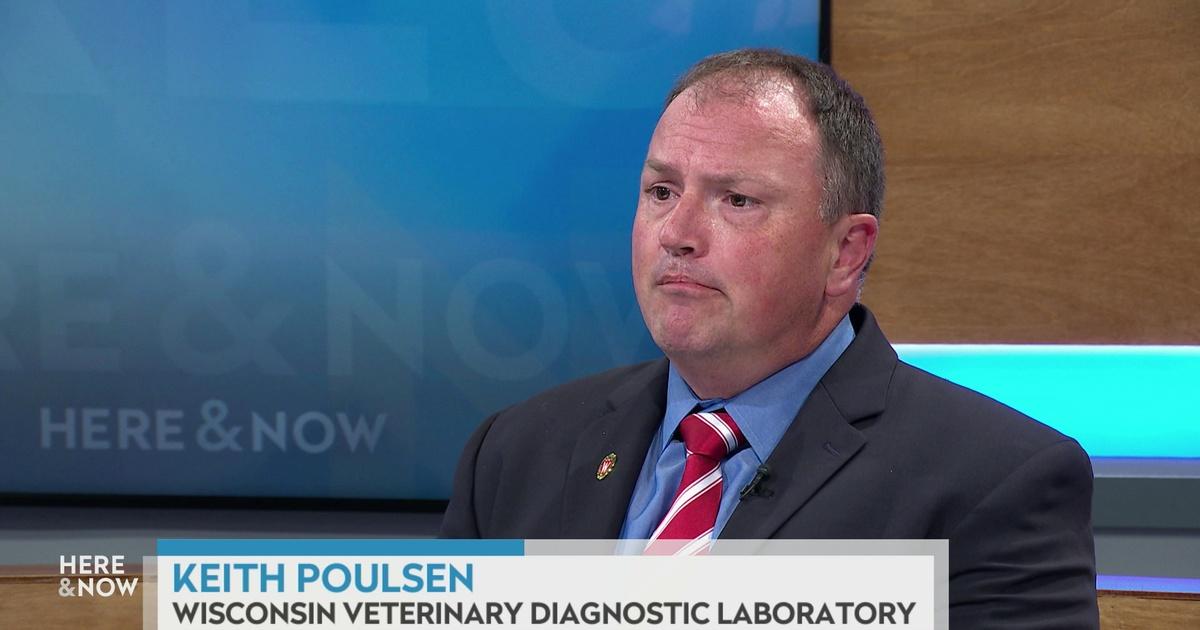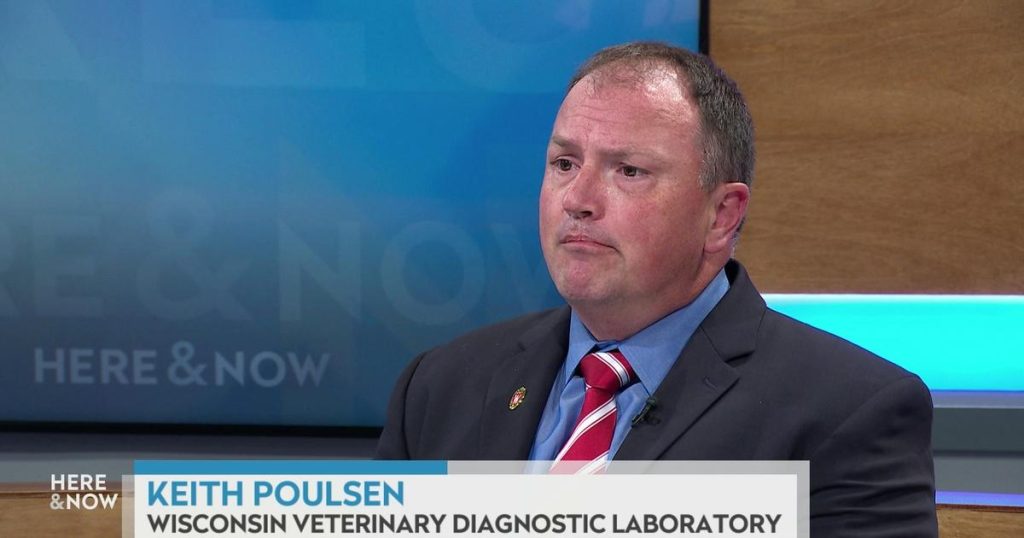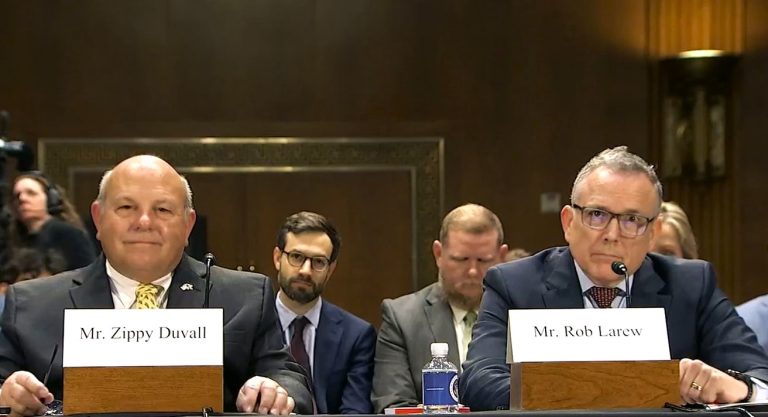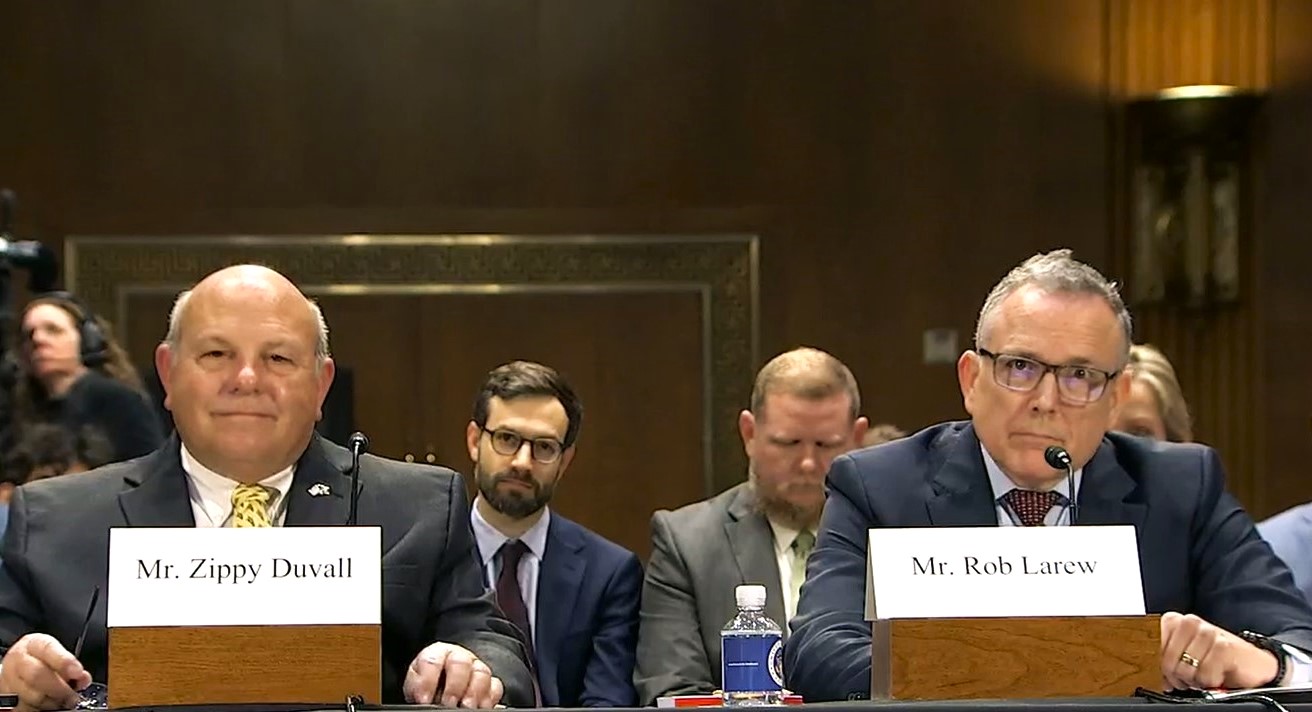MADISON, WI – The Director of the Wisconsin Veterinary Diagnostic Lab says distributing more than $825 million dollars from the USDA Emergency Assistance for Livestock, Honey Bees, and Farm-raised Fish Program (ELAP) for the loss of milk caused by the H5N1 virus doesn’t adequately address prevention.
Dr. Keith Poulson questions how the ELAP program will incentivize producers and processors to embrace effective surveillance. “I don’t think we need to test every cow on every farm every day, but, it would be really helpful if we had better surveillance to really understand where we need to put those resources.”
Poulson says the ELAP funding is designed to go to farmers with herds already affected by H5N1, but he’d like to see some of that money help improve biosecurity to prevent the spread of the virus instead of waiting for a problem to fix. “Understanding what’s coming on the farm, what’s going off the farm, maybe putting in other tools like boot washes or a truck wash, or really guiding and putting trucks in only one spot, changing traffic patterns on the farm.”
Poulson tells Brownfield Ag News, Wisconsin and Illinois have no affected dairy herds, but are surrounded by Michigan, Minnesota, and Iowa, which have been impacted. “And Michigan has dealt with herd outbreaks like this with TB in the past, so they’re a little bit ahead of the curve, but I think Wisconsin being in the middle, it’s really hard to know accurately where the virus is if we’re not doing effective surveillance.”
Poulson says there are many barriers preventing more milk testing including political barriers, since USDA oversees milk that is in the cow and the Food and Drug Administration has oversight after milk gets into the bulk tank, so he questions how additional milk samples would get to the lab.














